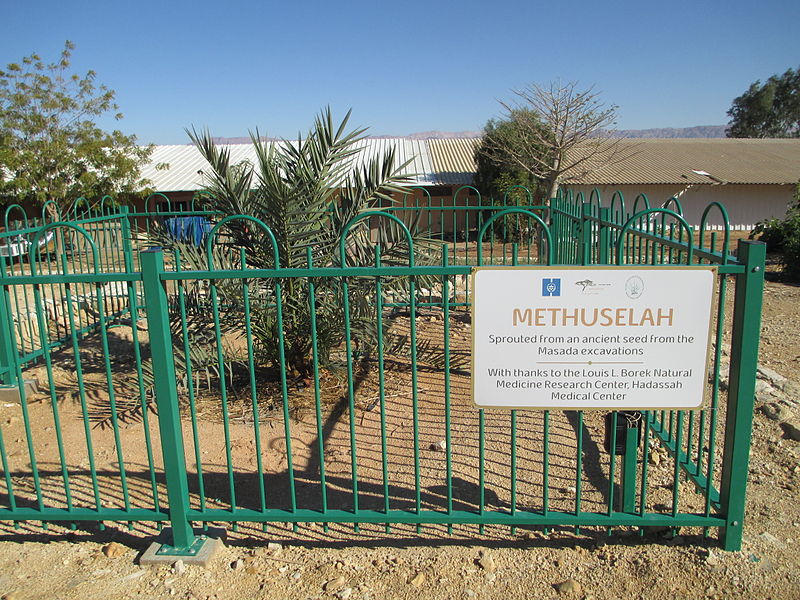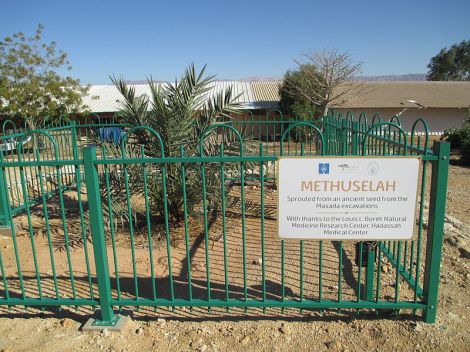Get ready for the Jurassic Park of trees, because researchers managed to sprout a Judean date palm — extinct since 500 B.C. A.D. — from ancient seeds that were unearthed in the 1960s.
This species of palm, Treehugger writes, was destroyed more than 1,500 years ago, despite — and in some cases because of — its enormous cultural and strategic significance:
From its founding some 3,000 years ago, to the dawn of the Common Era, the trees became a staple crop in the Kingdom of Judea, even garnering several shout-outs in the Old Testament. Judean palm trees would come to serve as one of the kingdom’s chief symbols of good fortune; King David named his daughter, Tamar, after the plant’s name in Hebrew.
By the time the Roman Empire sought to usurp control of the kingdom in 70 AD, broad forests of these trees flourished as a staple crop to the Judean economy — a fact that made them a prime resource for the invading army to destroy. Sadly, around the year 500 AD, the once plentiful palm had been completely wiped out, driven to extinction for the sake of conquest.
The seeds had been sitting in a drawer for 40 or so years, and sitting in a clay jar for the previous 2,000. By 2005, when researcher Elaine Solowey decided to try and plant one, they were no doubt eager to get out and do their seed thing. But everyone was still kind of startled when it worked — and kept on working. Eight years later, the date palm is still thriving, and even flowering (it produced its first flower in 2011).
Of course, nothing good ever comes of reviving ancient life forms, so we’re still waiting to see roving gangs of these things go head to head with their rivals, the Date Palms of Judea.




